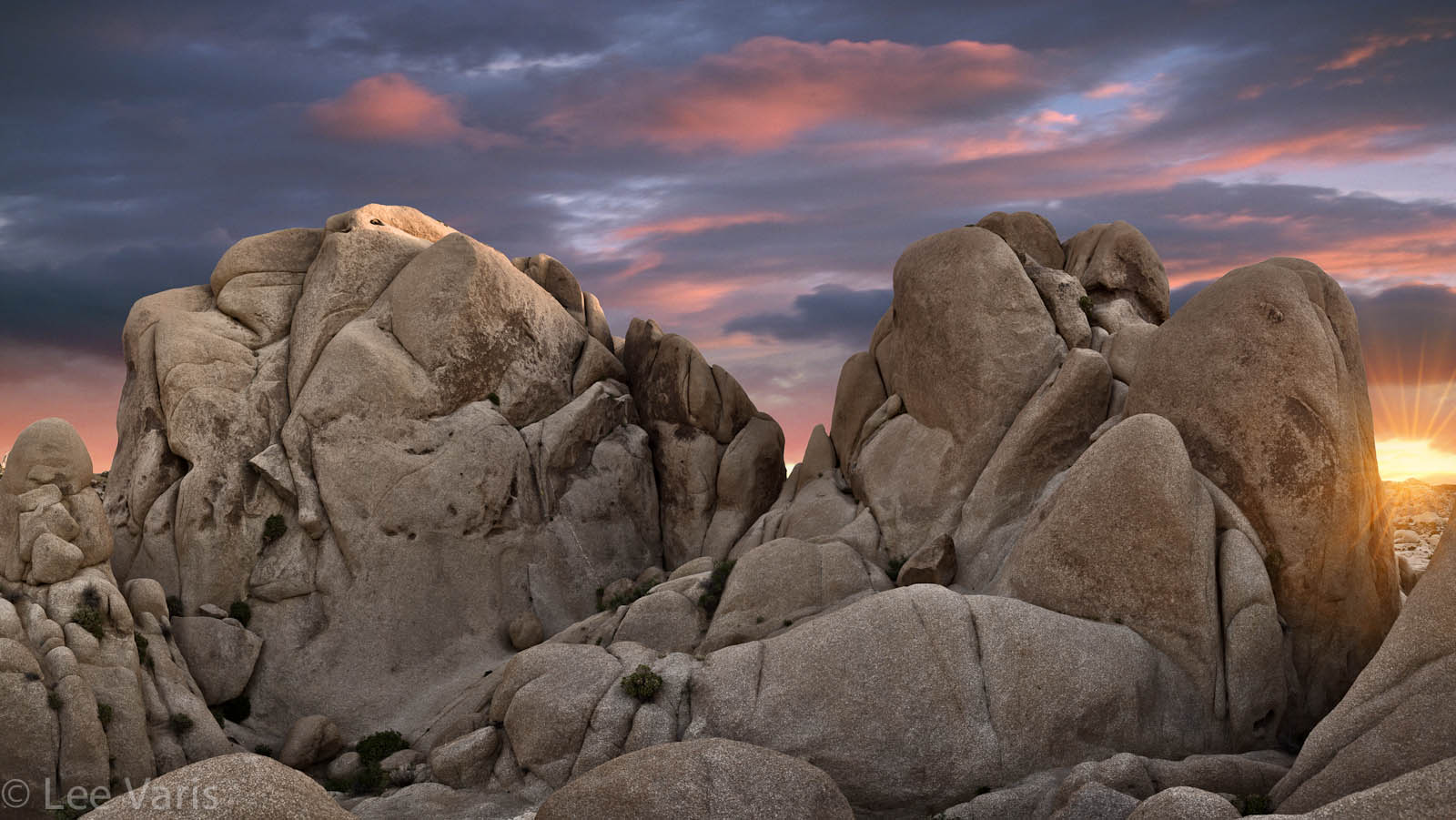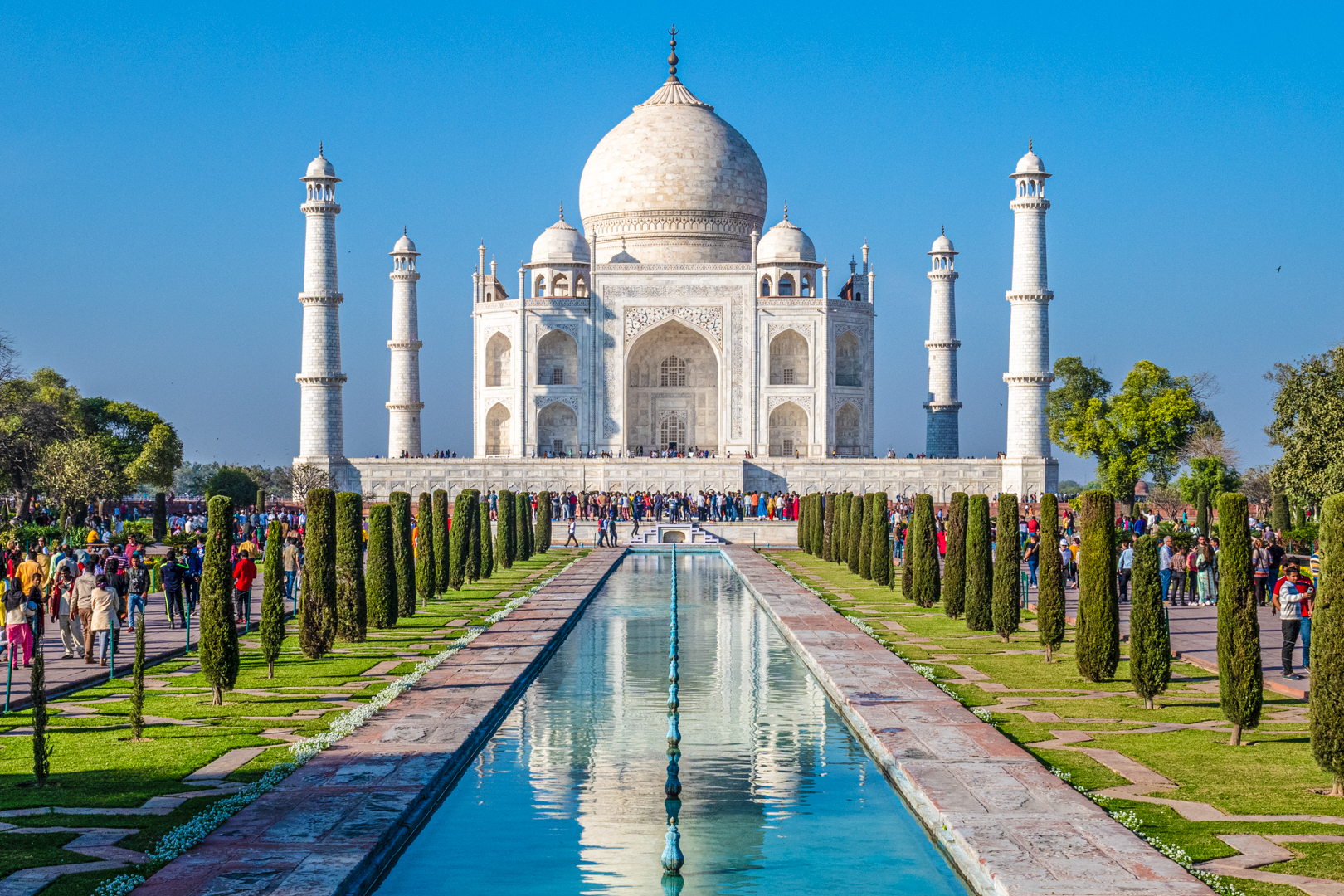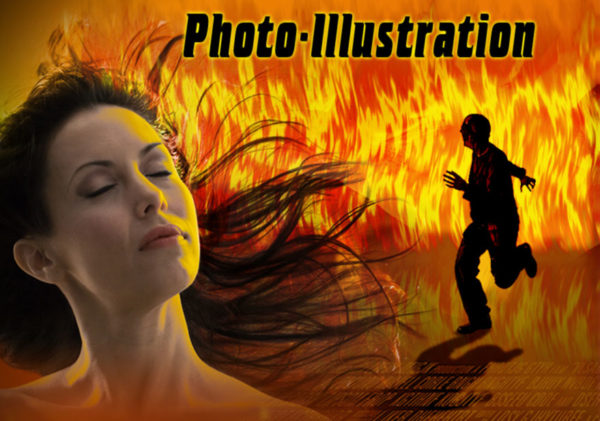My latest, Very Brief, Joshua Tree National Park Adventure
At the beginning of April, I participated in the Palm Springs Photo Festival—something I do every year, this time, not as a teacher, but simply as a participant in the portfolio reviews. I make it a habit to visit Joshua Tree National Park whenever I’m at the festival because it is a wonderfully scenic location with a unique desert environment. This year I was more pressed for time and only managed to make a quick dash to the park in the late afternoon one day!
There is a huge area outside of Palm Springs where the, almost constant, wind provides a source of electrical power, in the form of giant propellers— the classic California wind farm! The highway north eventually leads to the Joshua Tree National Park. By the time I arrived at the entrance to the park it was almost sundown! My traveling companions, Barbara Ellison and Janice Wendt, and I were in a shooting frenzy trying to get as much photography done as possible before the light faded. Barbara had never been to Joshua Tree before and she was particularly excited by the Joshua Trees themselves—she was shooting infra red with her converted Canon DSLR. I had my regular (unconverted) Canon 5D with me but I was inspired to create a faux infra red look in my own shots of the trees.
My conversion strategy involved using an inverted copy of the blue channel in Overlay mode on top of a more normal B&W out of Lightroom. This was more effective in darkening the sky and lightening all the plants than extreme slider moves would have been in Lightroom!
As fascinating as the trees were, I was more anxious to get to the great rocks before the light left us completely…
The light faded too quickly and most of my photos ended up being a little less than ideal. Barbara loaned me her 8-15mm zoom lens—with a full circular fisheye to rectilinear wide angle—this was a fun lens for panorama stitching multiple close shots of the rocks. It was just unfortunate that, by the time I managed to shoot some panos, the dramatic light was over.
The shot above was stitched together from 4 sucessive shots and really needed some perking up! A trip into Photoshop with a little 10-Channel Workflow manipulation resulted in the following:
Now the rocks had a bit more drama but the sky was a boring white! Its time to pull out the big guns and dig up a more appropriately dramatic sunset sky. It was easy to create a mask for the rocks but contrasting up a copy of the blue channel:
Time for a new sky…
Now all I needed was a little sparkle in the form of a lens flare provided by Topaz Star Effects filter:
The final image communicates my feeling of the scene better than the straight photo—actually being there was much more magical than the photos would ordinarily indicate—so I felt like re-interpreting the images to fit my re-imagining.
Well after the sun went down I grabbed a hand-held HDR shot with the 8-15mm zoom that eventually became the following re-imagined image:
I was standing with my shoulder almost touching the rock at the right and the weird distortion of the super wide lens contributed to the strange quality of the HDR image. I had to composite the sky from the darkest exposure back into the HDR to get an appropriate rendering. I give some details of this process in an earlier post about HDR here: Finessing HDR – Getting the Best Results
My final image here was taken when only the faintest glow was visible at the horizon. Another hand-held HDR, this was a very tricky scene as it was extremely dim with everything in silhouette. The High-ISO capture was only stabilized with my Steadepod, a modest string tripod, and I had to rely on the Nik HDR Efex software to align the multiple images properly.
The final image was re-worked extensively in Photoshop to get something I felt began to approximate the mystical wonder of the desert at twilight.





















Lovely images. Almost makes me want to try HDR.